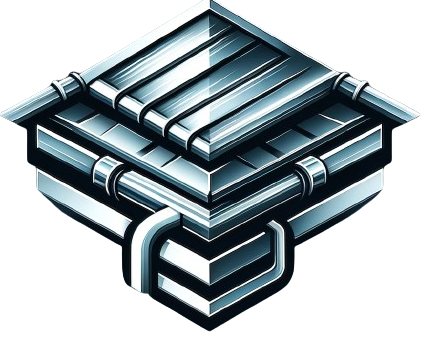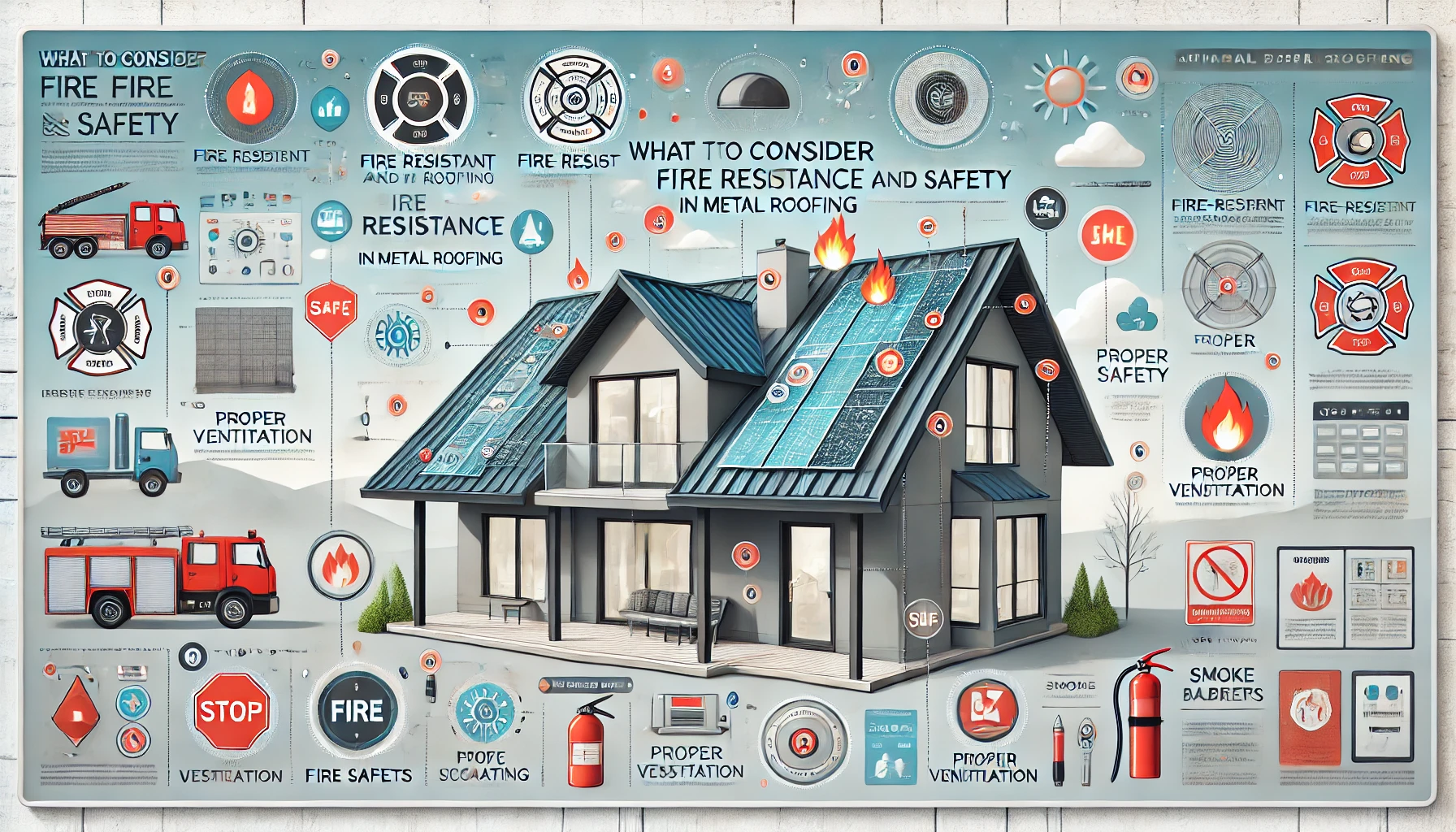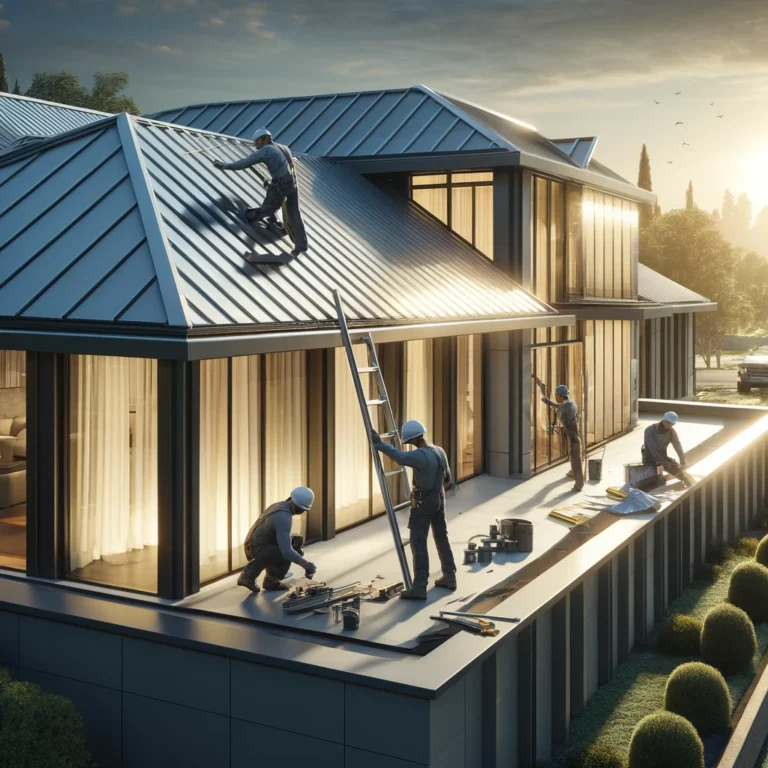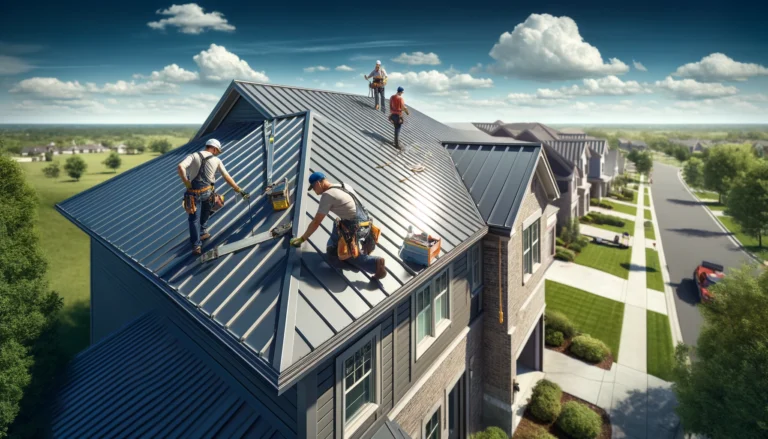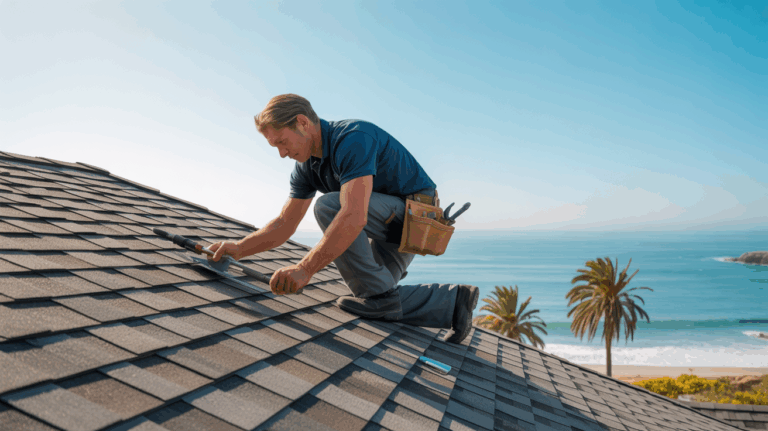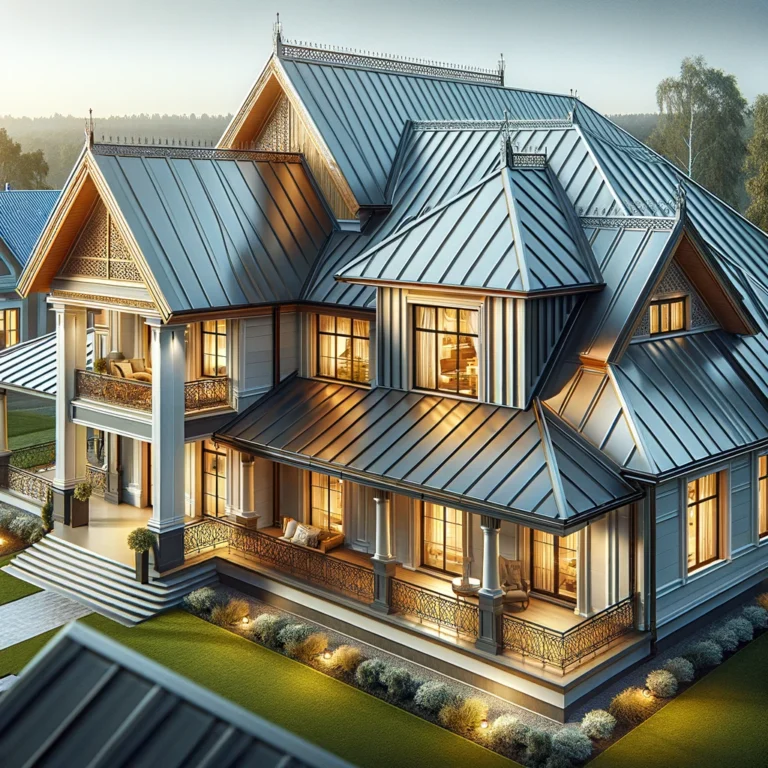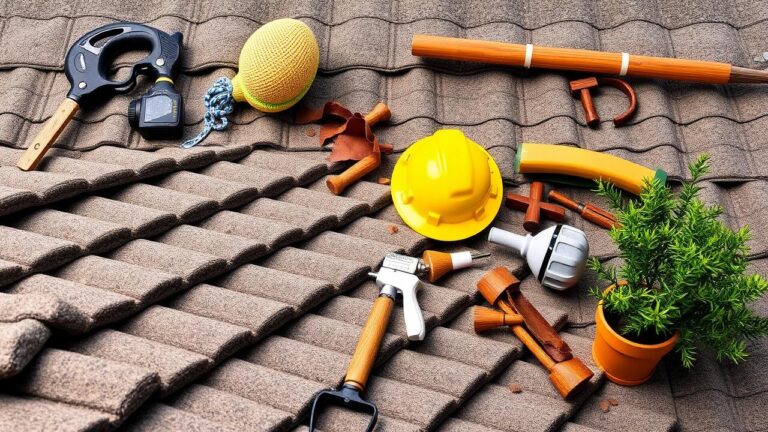What to Consider for Fire Resistance and Safety in Metal Roofing
When it comes to safeguarding your home, fire resistance and safety are paramount considerations for any roofing material. Metal roofing stands out as a superior choice for homeowners seeking robust protection against fire hazards. In this comprehensive guide, we’ll delve into the critical factors to consider for fire resistance and safety in metal roofing, providing you with insightful tips and examples to ensure your home remains secure and resilient.
Understanding Fire Resistance in Metal Roofing
Fire resistance refers to the ability of a roofing material to withstand fire and prevent its spread. Metal roofs are inherently non-combustible, which means they do not ignite or contribute to the spread of fire. This characteristic makes metal roofing an excellent option for areas prone to wildfires or homes situated in fire-prone regions.
Key Factors to Consider for Fire Resistance and Safety
- Material Composition: The fire resistance of a metal roof largely depends on its composition. Most metal roofs are made from steel, aluminum, or copper, each offering varying degrees of fire resistance. Steel and aluminum roofs are typically coated with a protective layer, enhancing their fire-resistant properties.
- Fire Ratings: Roofing materials are rated based on their fire resistance. Look for metal roofing products with a Class A fire rating, the highest rating available. This rating indicates that the material can withstand severe exposure to fire without igniting.
- Installation Techniques: Proper installation is crucial for maximizing the fire-resistant qualities of a metal roof. Ensure that the installation is performed by experienced professionals who follow industry standards and guidelines. A well-installed metal roof will have minimal gaps and seams, reducing the risk of fire penetration.
- Underlayment: The underlayment plays a significant role in the fire resistance of a metal roof. Fire-resistant underlayment materials, such as fiberglass or asphalt-saturated felt, provide an additional layer of protection. Make sure to choose underlayment that meets fire safety standards.
- Ventilation and Insulation: Proper ventilation and insulation are essential for enhancing the fire safety of a metal roof. Adequate ventilation prevents heat buildup, while high-quality insulation materials reduce the risk of fire spreading through the roof structure.
- Regular Maintenance: Regular maintenance of your metal roof ensures that it remains in optimal condition. Clear debris, check for signs of wear, and address any potential issues promptly. Keeping your roof well-maintained enhances its fire resistance and overall safety.
Benefits of Metal Roofing for Fire Safety
- Non-combustible Nature: Metal roofs do not ignite, making them a safer choice for fire-prone areas.
- Durability: Metal roofs can withstand extreme temperatures and harsh weather conditions, reducing the risk of fire damage.
- Eco-friendly: Metal roofing is often made from recycled materials and is recyclable at the end of its lifespan, making it an environmentally responsible choice.
Examples of Fire-Resistant Metal Roofing
- Standing Seam Metal Roofs: These roofs feature raised seams that interlock tightly, providing excellent fire resistance and preventing water penetration.
- Metal Shingles: Designed to mimic the appearance of traditional shingles, metal shingles offer the same fire-resistant properties as other metal roofing types.
- Stone-coated Metal Roofs: These roofs combine the durability of metal with the aesthetic appeal of stone, offering enhanced fire resistance and visual appeal.
When selecting metal roofing for your home, it’s essential to prioritize fire resistance and safety. Metal roofs are renowned for their non-combustible properties, making them an ideal choice for regions prone to wildfires. By opting for a Class A fire-rated metal roof, you can significantly enhance your home’s protection against fire hazards. Proper installation techniques, combined with fire-resistant underlayment and regular maintenance, ensure that your metal roof remains a robust barrier against fire. Investing in a fire-resistant metal roof not only provides peace of mind but also contributes to the overall safety and longevity of your home.
Tips for Enhancing Fire Safety with Metal Roofing
- Choose High-Quality Materials: Invest in top-grade metal roofing materials with proven fire-resistant properties.
- Hire Experienced Installers: Ensure your metal roof is installed by professionals with expertise in fire-resistant roofing systems.
- Incorporate Fire-Resistant Accessories: Use fire-resistant sealants, fasteners, and other accessories to enhance the overall fire safety of your roof.
- Stay Informed: Keep abreast of the latest advancements in fire-resistant roofing technologies and materials to ensure your home remains protected.
Final Thoughts
Metal roofing offers unparalleled fire resistance and safety, making it a wise investment for homeowners concerned about fire hazards. By considering the factors outlined above, you can ensure that your metal roof provides maximum protection for your home. Remember to choose high-quality materials, hire experienced installers, and maintain your roof regularly to keep it in top condition. With the right approach, your metal roof will stand strong against fire threats, safeguarding your home and providing peace of mind for years to come.
